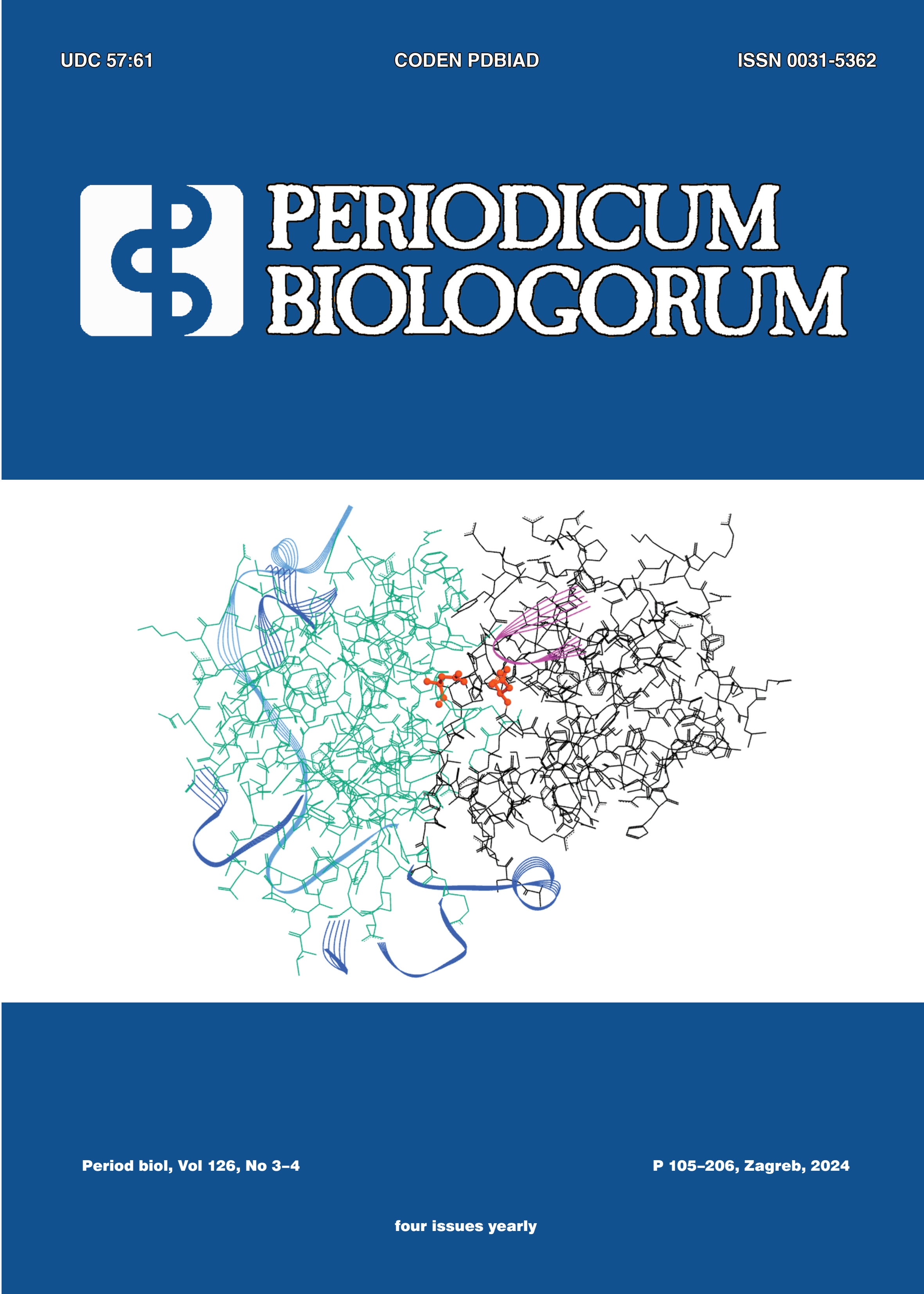Epithelial sentinel: Selective expression of CD123, the α chain of the IL-3 receptor, on distinct digestive and respiratory surfaces
Expression of CD123 in epithelial tissue
DOI:
https://doi.org/10.18054/pb.v126i3-4.34078Abstract
Background and purpose: Epithelial tissue, functioning as a protective barrier, has mechanisms to recognize an array of external disturbances and threats and to send signals to the immune system. Here we report the uncovering of the selective expression of CD123 on epithelial cells lining distinct surfaces of the digestive system and lungs.
Materials and methods: The expression level of CD123, the α chain of the heterodimeric receptor for Interleukin-3, was detected by immunohistochemical staining.
Results: We found high expression of CD123 on pancreas duct cells, intrahepatic bile ducts epithelial cells, and alveolar epithelium, but not on hepatocytes, gastric mucosa, duodenal, and colon mucosa. The CD123 expression on carcinoma specimens showed the same pattern as the tissue of origin.
Conclusions: We postulated that CD123 expression is characteristic of the epithelium of normally germ-free compartments that is, in steady state, quiescent, in terms of low turnover and low cytokine production. Upon infection and subsequent inflammation, IL-3 produced by activated immune cells may contribute to the restoration of the epithelial barrier by enhancing epithelial cell proliferation and cytokine production.
Downloads
Published
Issue
Section
License
The contents of PERIODICUM BIOLOGORUM may be reproduced without permission provided that credit is given to the journal. It is the author’s responsibility to obtain permission to reproduce illustrations, tables, etc. from other publications.


